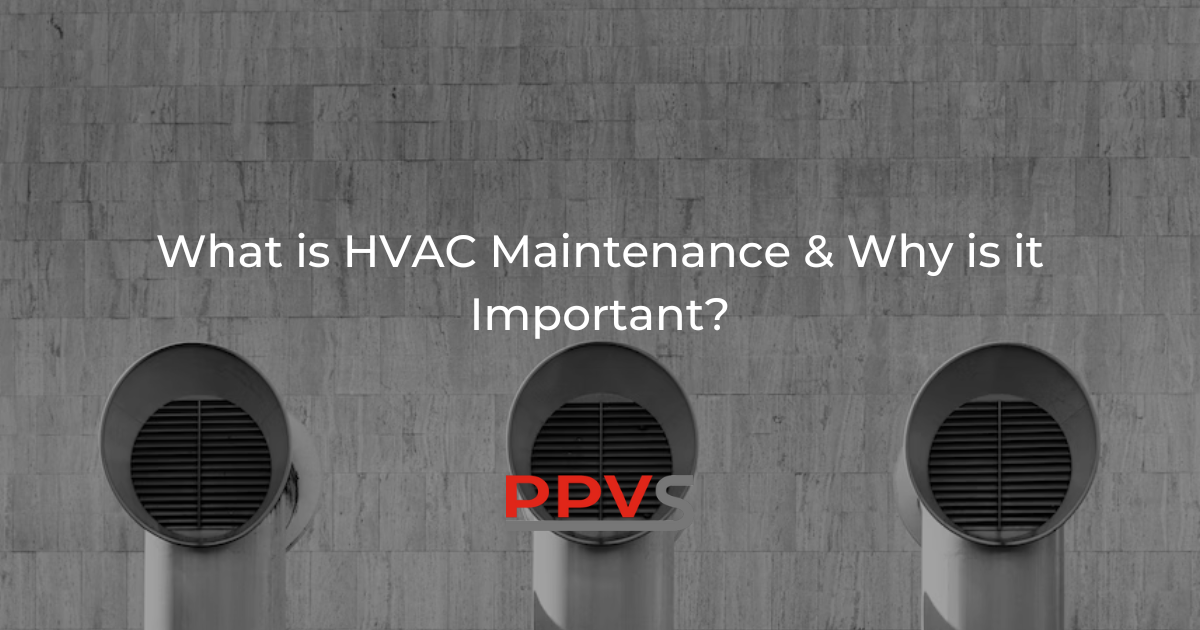PPVS Complete Facilities Management

What is a Risk Assessment in Construction?
The Management of Health and Safety at Work Regulations 1999 (MHSWR) stipulates that employers must carry out risk assessments that are appropriate and sufficient, and that they evaluate the risks towards the safety of employees and third parties.
The identification of risks, the evaluation of associated risks, and the selection of appropriate control measures are all part of risk assessments. Many activities on a construction site inherently pose a significant threat and require a full risk assessment.
It’s worth noting that the Construction (Design and Management) Regulations 2015 (CDM 2015) states that designers must eliminate on-site risks during construction. The construction risk assessment mechanism must examine the hazards that the design was unable to eliminate.
Duties of the Employer
Employers must, among other things, comply with the following regulations under the Health and Safety at Work, etc Act 1974 (HSWA):
- provide and maintain safe plant, safe systems of work and methods of using, handling, storing and transporting articles and substances
- provide information, instruction, training and supervision
- provide a safe place of work and ways of getting to and leaving that place
- provide welfare facilities and a safe working environment
- make arrangements to ensure others who are affected by work are also kept safe.
The Management of Health and Safety at Work Regulations 1999 (MHSWR) also impose various obligations on businesses. The following are the most significant responsibilities:
- carry out a suitable and sufficient assessment of risk and identify control measures necessary
- make arrangements for the effective planning, organisation, control, monitoring and review of health and safety
- provide employees with comprehensible and relevant information on risks
- take account of employees’ capabilities when setting tasks
- monitor the management of health and safety.
Effective Planning, Organisation and Review
The obligation to prepare arrangements for the effective planning, organization, control, monitoring and review of preventive and protective measures is imposed by Regulation 5 of the MHSWR. If you have five or more employees, you must keep written records of your arrangements. It’s critical to make the distinction between workplace precautions and risk control systems.
In order to guarantee that proper workplace precautions are given and maintained, risk control systems have been developed.
The three fundamental stages are as follows:
- hazard identification
- risk assessment
- risk control.
Provide Comprehensible Information
Employers must provide employees with understandable and relevant information under the MHSWR’s Regulation 10, which states that employers must give staff information on:
- the risks to their health and safety identified by the assessment
- the preventive and protective measures introduced.
Employees can get information about and consultation on risk assessments, the implementation of control measures, and training through their union-appointed safety representatives or via the Safety Representatives and Safety Committees Regulations 1977.
Duties of the Employee
Employees are expected to:
- Adhere to all safety instructions.
- Do not do anything that puts the employer or others at risk.
- Take care when operating safety equipment.
Employees are required by the Management of Health and Safety at Work Regulations 1999 to take safety training and notify their employer about any safety issues.
When to Carry Out a Risk Assessment
Before a work task can begin, a risk assessment should be performed. The following are some factors to consider:
- Nature of any hazards present
- Severity of the harm that could result
- Frequency of exposure to the hazards of both persons or property.
In the construction sector, risk assessments are used for a range of operations, from simple tasks like standing on a ladder to more sophisticated activities like excavation or steel-framed construction.
The amount of time and effort required to conduct a risk assessment and implement the required safeguards should be in proportion to the activity’s level of danger.
Who Should Carry Out a Risk Assessment?
Competent persons with appropriate knowledge and experience of the planned activities should conduct risk assessments.
When dealing with asbestos, for example, or when a noise assessment is needed, it may be necessary to engage specialists to conduct the risk assessment. It should be a collaborative effort involving a variety of talents and expertise to ensure that all aspects of the project are addressed.

Get in touch to see how we can help with your Facilities Management.
For general enquiries please fill out the form and our team will be back in touch. Or give us a call or email using the details below.







